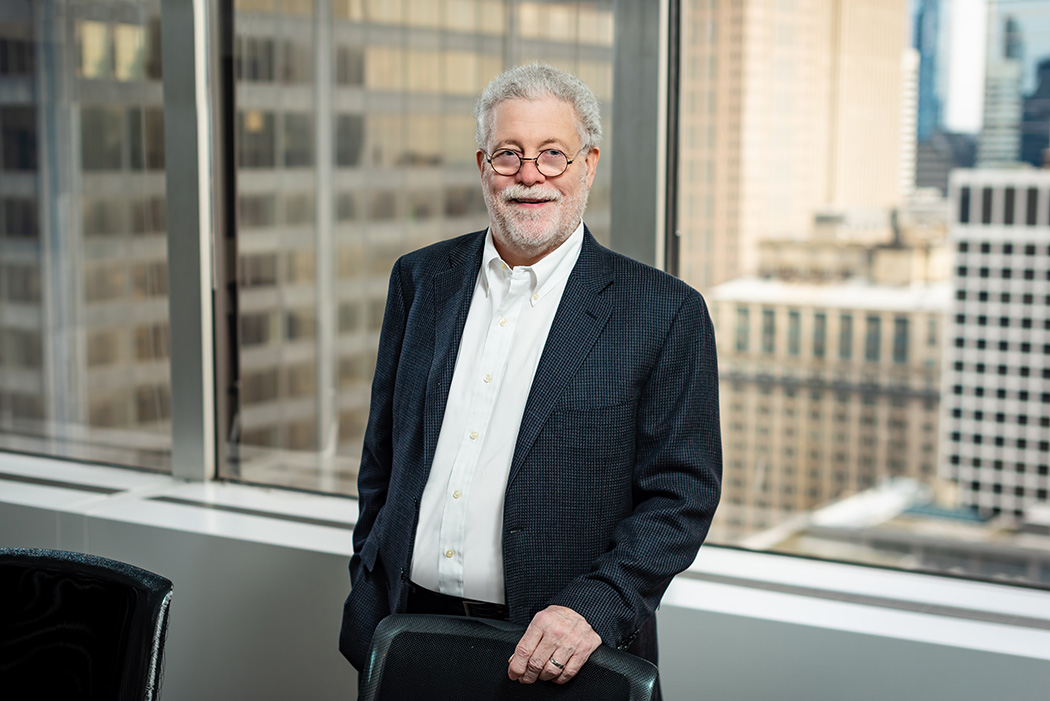U.S. Supreme Court Rules Human Genes Cannot Be Patented While Approving Patentability of Synthetic Genes in Issuing Key Myriad Decision
- June 17, 2013 (snippets Alert)
- Snippets
The Supreme Court ruled unanimously June 13, 2013 in favor of Plaintiffs/Petitioners in Association of Molecular Pathologists v. Myriad Genetics on the question of whether isolated DNA is patent eligible. The opinion found a distinction between isolated genomic DNA and fragments thereof (including oligonucleotides), which the Court found were not eligible for patenting under Section 101 of the patent statute, and “synthetic” cDNA, which the Court found did not occur in nature and evinced a sufficient degree of the “hand of man” to fall outside the scope of the Court’s exclusions to patent eligibility.
Applying an analysis similar to the one the Court applied in invalidating claims to diagnostic method claims in Mayo v. Prometheus, the unanimous opinion by Justice Thomas found that isolated genomic DNA was one of the “basic tools of scientific and technological work” that should “lie beyond the domain of patent protection” because if they did not, “there would be considerable danger that the grant of patents would ‘tie up’ the use of such tools and thereby ‘inhibit future innovation premised upon them.’” The Court is careful to ensure that its decision is not interpreted as being a categorical ban on “naturally occurring things,” reminding us that “all inventions at some level embody, use, reflect, rest upon, or apply laws of nature, natural phenomena, or abstract ideas,” and “too broad an interpretation of this exclusionary principle could eviscerate patent law,” a concept also taken from its Mayo decision.
Turning to Myriad’s claims, the Court opined that ”Myriad did not create anything” because the genomic DNA was preexisting in the chromosome in nature. Support for this statement is provided by Funk Bros. Seed Co. v. Kalo Inoculant Co., a case involving patent-ineligibility of a mixture of nitrogen-fixing bacteria. The Court analogized the “discovery” that certain bacteria could be combined with Myriad’s “discovery” of the “location of the BRCA1 and BRCA2 genes in the chromosomes,” which it held was Myriad’s “principal contribution.”
This was not the case for the cDNA, which the Court stated “do[] not present the same obstacles to patentability as naturally occurring, isolated DNA segments,” based on the “creation” by man of a “non-naturally occurring” DNA molecule. The Court rejected the sequence-based objections argued by Petitioners, stating that while “[t]he nucleotide sequence of cDNA is dictated by nature, not by the lab technician,” “the lab technician unquestionably creates something new when cDNA is made.” The only exception would be for “very short series (sic) of DNA [having] no intervening introns to remove when creating cDNA” which “may be indistinguishable from natural DNA.”
The Court dealt easily and summarily with the policy question of whether calling into question thousands of patents granted by the U.S. Patent and Trademark Office would deny the Executive the deference it deserves as a co-equal branch of the Federal government. While this is not surprising from a Court where one Justice believes the PTO is “patent-happy,” the position taken by the Obama administration’s Justice Department “weigh[ed] against deferring to the PTO’s determination” that isolated DNA claims encompassing genomic DNA were eligible for patenting. Insofar as reliance interests are relevant, the Court directs Myriad (in a footnote) to Congress.
In its decision, the Court expressly refrained from setting broad, precedential decisions that could implicate future technology in unpredictable ways. The opinion expressly excludes from its scope claims to methods, “new applications of knowledge about the BRCA1 and BRCA2 genes,” or “the patentability of DNA in which the order of the naturally occurring nucleotides has been altered.”
While there are some troubling aspects to the decision, it is important to recognize what this opinion does not do: it does not establish a categorical “product of nature” preclusion and thus should not be interpreted as mandating that other products of nature (such as those identified by Judge Moore in her concurring opinion) are categorically unpatentable. Those cases may be to come. Despite glaring scientific and technological weaknesses of the Court’s opinion, it does not (fortunately) invalidate thousands of existing patents or sufficiently upset the “settled expectations” of the biotechnology community.
The opinion can be found at http://www.supremecourt.gov/opinions/12pdf/12-398_1b7d.pdf.
Kevin E. Noonan, Ph.D. is a partner with McDonnell Boehnen Hulbert & Berghoff LLP. An experienced biotechnology patent lawyer, Dr. Noonan brings more than 20 years of extensive work as a molecular biologist studying high-technology problems in serving the unique needs of his clients. His practice involves all aspects of patent prosecution, interferences, and litigation. He is a founding author of the Patent Docs weblog, a site focusing on biotechnology and pharmaceutical patent law. Noonan@mbhb.com
© 2013 McDonnell Boehnen Hulbert & Berghoff LLP
snippets is a trademark of McDonnell Boehnen Hulbert & Berghoff LLP. All rights reserved. The information contained in this newsletter reflects the understanding and opinions of the author(s) and is provided to you for informational purposes only. It is not intended to and does not represent legal advice. MBHB LLP does not intend to create an attorney–client relationship by providing this information to you. The information in this publication is not a substitute for obtaining legal advice from an attorney licensed in your particular state. snippets may be considered attorney advertising in some states.
